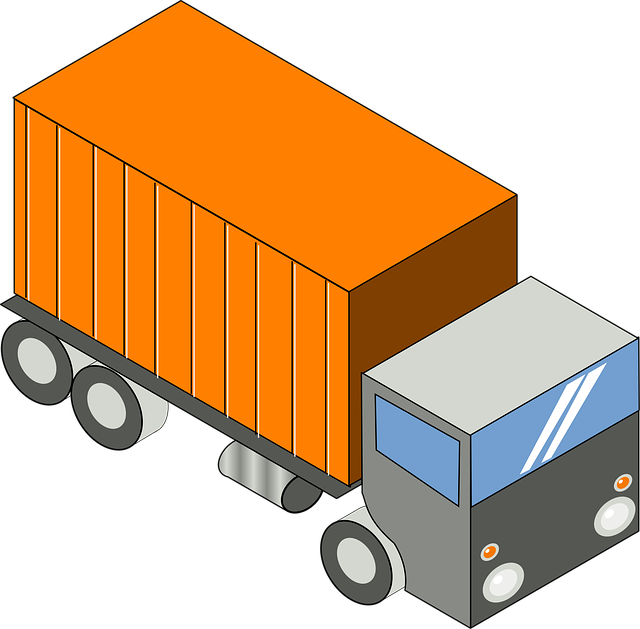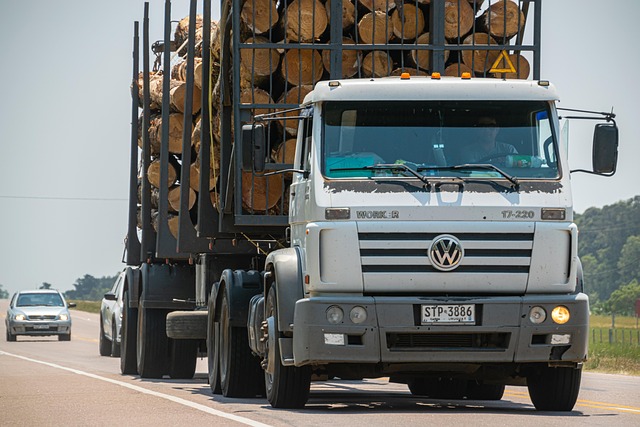Looking to register your car in California? This comprehensive guide breaks down the process step-by-step, ensuring you meet all state requirements. From understanding crucial registration mandates to obtaining a Vehicle Identification Number (VIN) check, we cover it all. Learn how to gather essential documents and apply at a local DMV office. Discover the fees involved and get your new license plates. Master the art of VIN verification and navigate California car registration effortlessly.
- Understand California Car Registration Requirements
- Gather Necessary Documents for VIN Verification
- Perform Vehicle Identification Number (VIN) Check
- Apply for Registration at a California DMV Office
- Pay Car Registration Fees and Obtain License Plate
Understand California Car Registration Requirements

Before diving into the registration process, it’s crucial to understand California’s car registration requirements. This includes ensuring your vehicle meets all safety and emissions standards set by the state. One critical aspect is the verification of the Vehicle Identification Number (VIN). In California, a VIN inspection is mandatory for all vehicles being registered, whether new or used.
A mobile VIN inspection or using a mobile vin verifier can streamline this process by allowing you to verify your vehicle’s history at your convenience. This involves checking the vehicle’s mileage, accident history, and other relevant details that could impact its registration. By completing these steps, you’ll be well on your way to securing a registered car in California.
Gather Necessary Documents for VIN Verification

To register your car in California, you’ll need to go through a process known as VIN (Vehicle Identification Number) verification. Before heading to the DMV, make sure you have all the required documents ready. This includes your car’s registration certificate from the previous state, proof of insurance, and a valid driver’s license. Additionally, gather important paperwork specific to California, such as the Application for Title and Registration form.
For a seamless VIN verification process, consider using a mobile vin verifier or service that allows for remote inspection. This can save you time and effort by eliminating the need for physical visits. Some services even provide instant results, making it easier to complete your car registration in California efficiently. Ensure these documents are up-to-date and accurate to facilitate a smooth transition during the VIN inspection.
Perform Vehicle Identification Number (VIN) Check

Before registering your car in California, it’s crucial to perform a Vehicle Identification Number (VIN) check. This step is essential for ensuring that the vehicle is genuine and hasn’t been reported stolen or had its identity tampered with. You can conduct this vin verification through various means, including using reputable mobile vin inspection services. These professionals offer convenient and accurate checks by providing on-site or mobile vin verifier solutions.
During the VIN check process, you’ll need to compare the vehicle’s information against official databases. This includes verifying the make, model, year, and other details listed on the car’s title and registration documents. Many mobile vin verification services can quickly cross-reference these data points, providing peace of mind that your car is legitimate and ready for California roads.
Apply for Registration at a California DMV Office

To register your car in California, one of the essential steps is to apply for registration at a local DMV (Department of Motor Vehicles) office. Before submitting your application, ensure that your vehicle meets all the state’s requirements, including emissions standards and safety features. You’ll also need to undergo a vin verification process, which involves checking the vehicle identification number (VIN) to confirm its authenticity and history.
The VIN is a unique code that can be easily verified using services like mobile vin verification or a vin inspector. This step ensures that you’re registering a legitimate vehicle with no outstanding issues. Once your VIN is cleared, along with providing necessary documents such as proof of ownership, insurance, and identification, the DMV staff will process your registration request, assigning a California license plate to your vehicle.
Pay Car Registration Fees and Obtain License Plate

After completing your vehicle’s registration application, it’s time to secure your new California license plates. The process involves paying the required car registration fees, which vary based on your vehicle’s type and age. You can pay online, by mail, or in person at a DMV field office. Once the fees are settled, you’ll receive your license plate assignment details. Typically, these include specific plate designs and numbers.
To obtain your license plates, you’ll need to schedule a pickup or arrange for delivery. In California, you’re encouraged to get your plates installed on your vehicle as soon as possible after receiving them. This involves mounting the plates on both sides of your car, as per state regulations. A valid registration certificate and license plates are crucial for legal operation on California roads, ensuring compliance with vin verification requirements during traffic stops. Consider using a mobile vin inspection service to verify your vehicle’s details before and after registration to streamline the process.
Registering a car in California involves understanding key requirements, gathering essential documents, passing a VIN verification check, and visiting a local DMV office. Once approved, you’ll pay fees and obtain license plates, ensuring your vehicle complies with state laws. Remember, a successful registration process begins with accurate documentation and adherence to California’s strict standards, especially during the critical vin verification step.
